Botox techniques for Needle Resistance in Lateral Corrugator
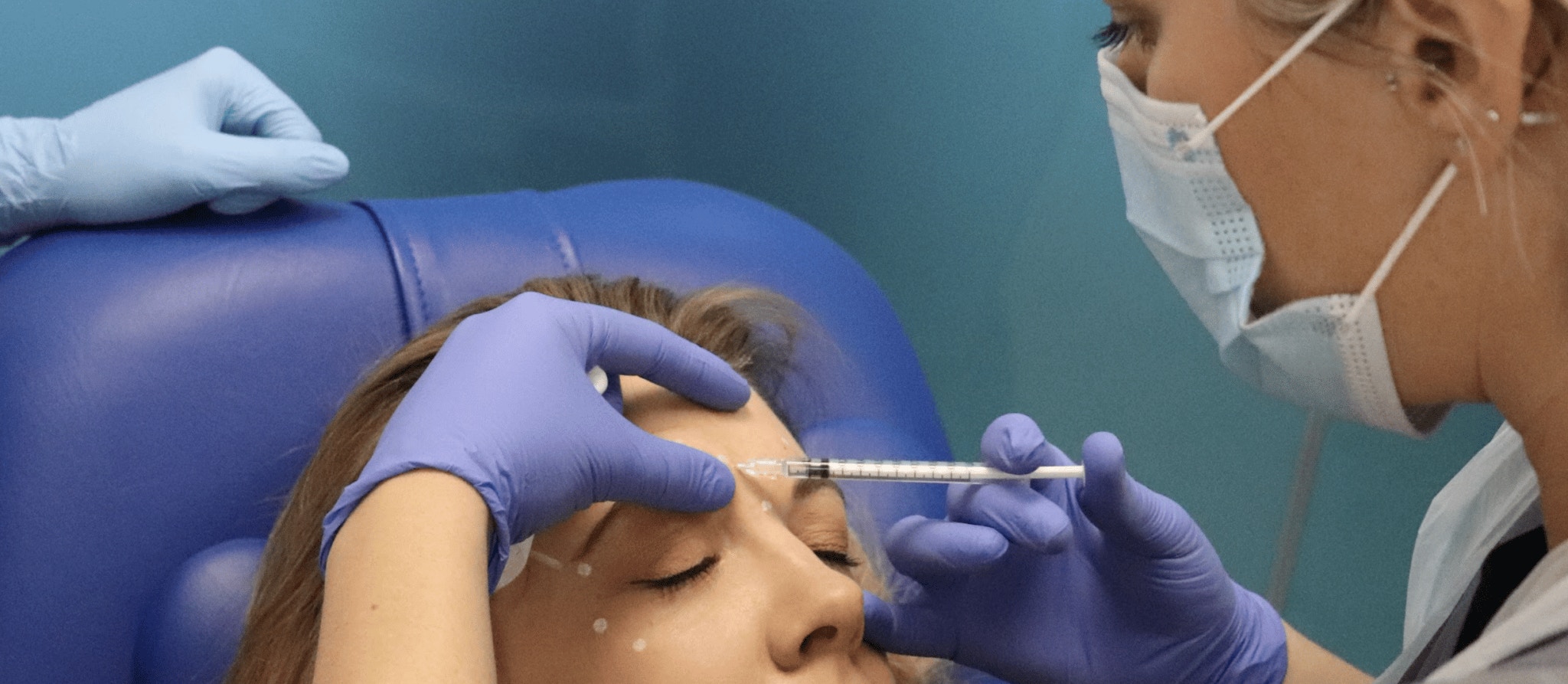
We were recently asked for advice on botox techniques when experiencing needle resistance in the lateral corrugator.
New aesthetics practitioners can be scared to advance the needle in such scenarios due to the risk of ptosis.
To find out the best approach to take, we spoke to facial aesthetics specialist, cosmetic doctor and our director of education, Dr Kalpna Pindolia.
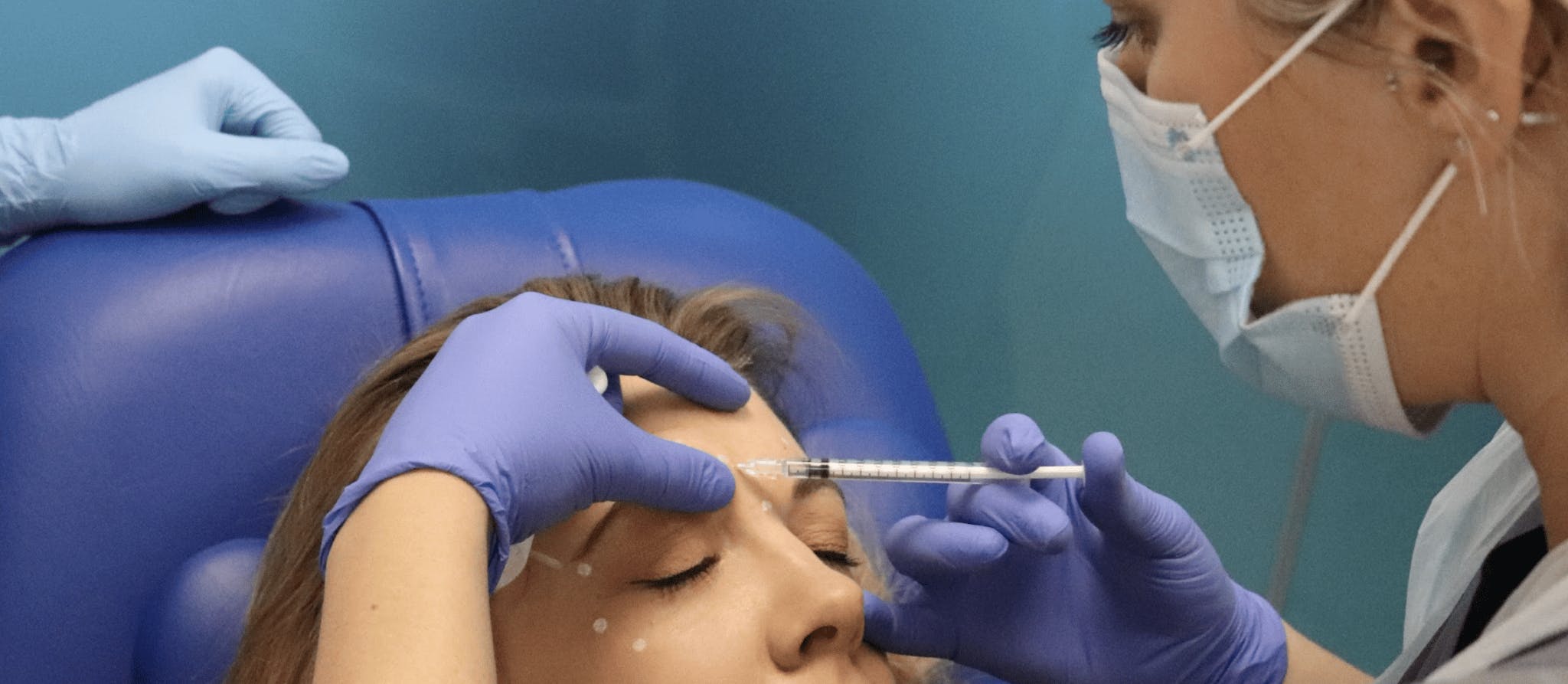
BOTOX TECHNIQUES FOR NEEDLE RESISTANCE IN THE LATERAL CORRUGATOR MNUSCLE
What does “needle resistance in the lateral corrugator” mean?
“In the glabella complex, lateral corrugator treatment is superficial. The needle bevel should be just under the skin at a shallow angle, 1cm above the orbital rim,” explains Dr Kal. “This is to reduce the incidence of toxin diffusion into the levator palpebrae superioris, which could cause lid ptosis.”
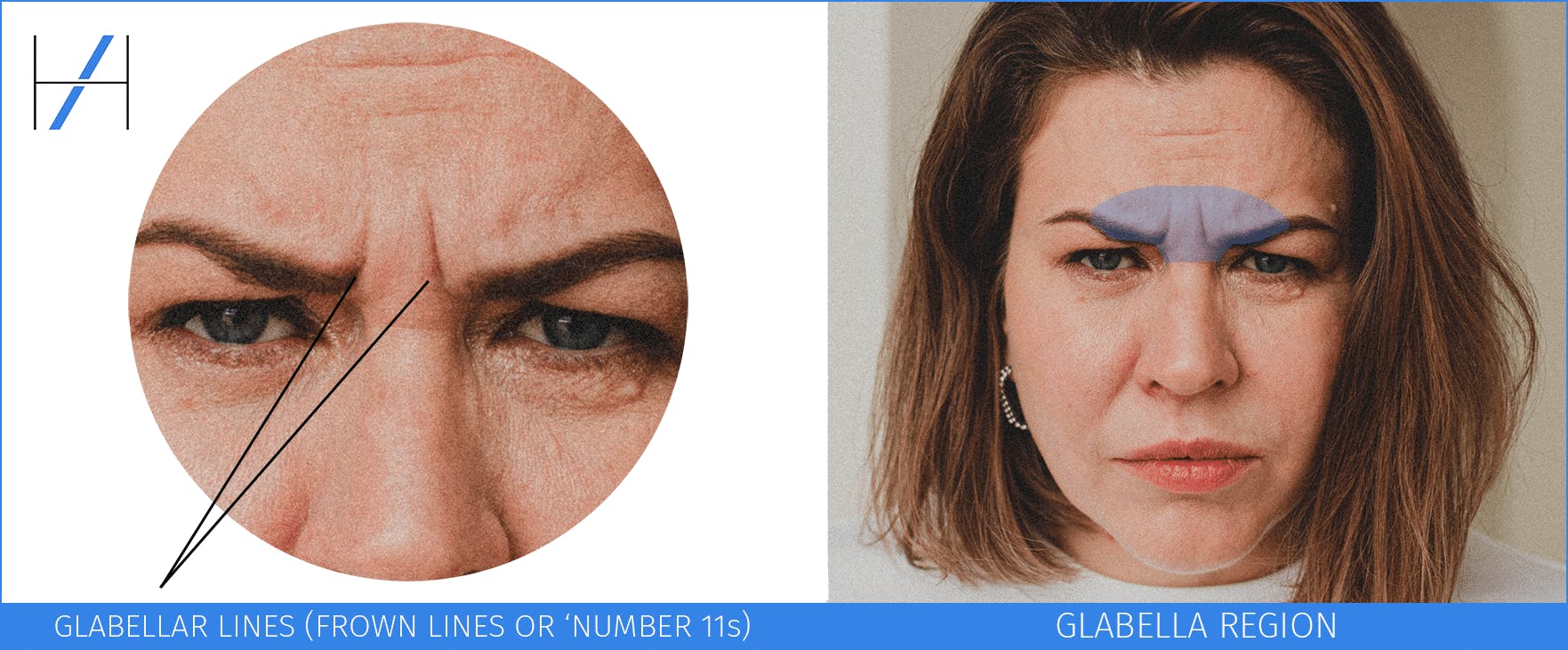
Why would an injector experience such resistance?
“If there is little-no resistance, you are likely deep, with more resistance to extrusion usually encountered when very superficial,” warns Dr Kal. “So some needle resistance is reassuring as it means the needle is at the correct depth.”
“Your needle is superficial in a plane which has little ‘dead space’. Therefore there will be some resistance to the injection of product,” she adds.
“The resistance is usually stronger in young patients with youthful skin tissue, and when using small calibre needles such as the Invisible Needle,” she notes. “Occasionally, the needle and syringe will detach as a result of the high pressure applied, leading to inadvertent product spillage.”
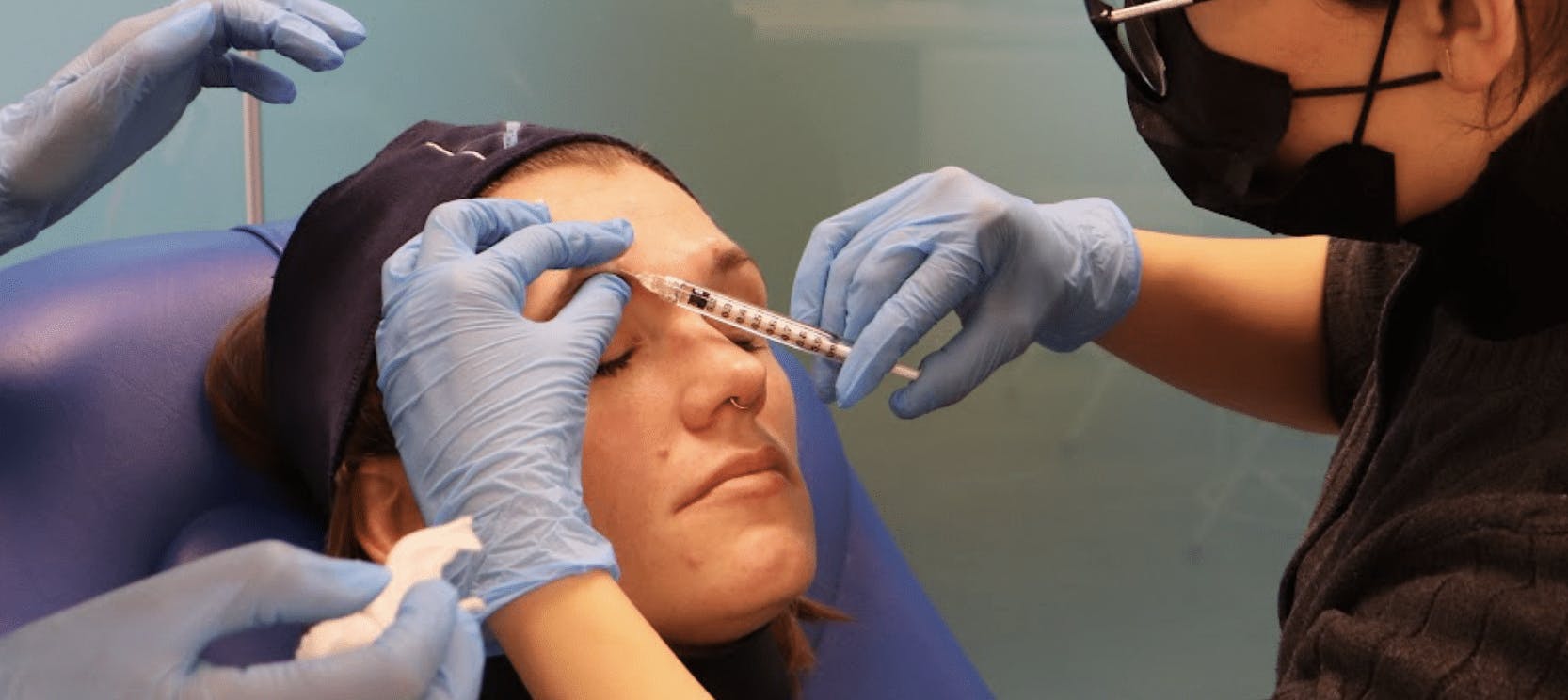
What should injectors do to overcome this needle resistance?
“Practice!” enthuses Dr Kal. “Your thumb muscles will intuitively learn how much resistance is expected and how much pressure to apply.”
She also recommends new practitioners, “Inject slowly and patiently, keeping the needle tip stable.” She adds, “You can advance the needle a little further along if you remain in the superficial plane.”
“Use a Luer lock syringe to prevent the needle from detaching from the syringe due to increased pressure.”
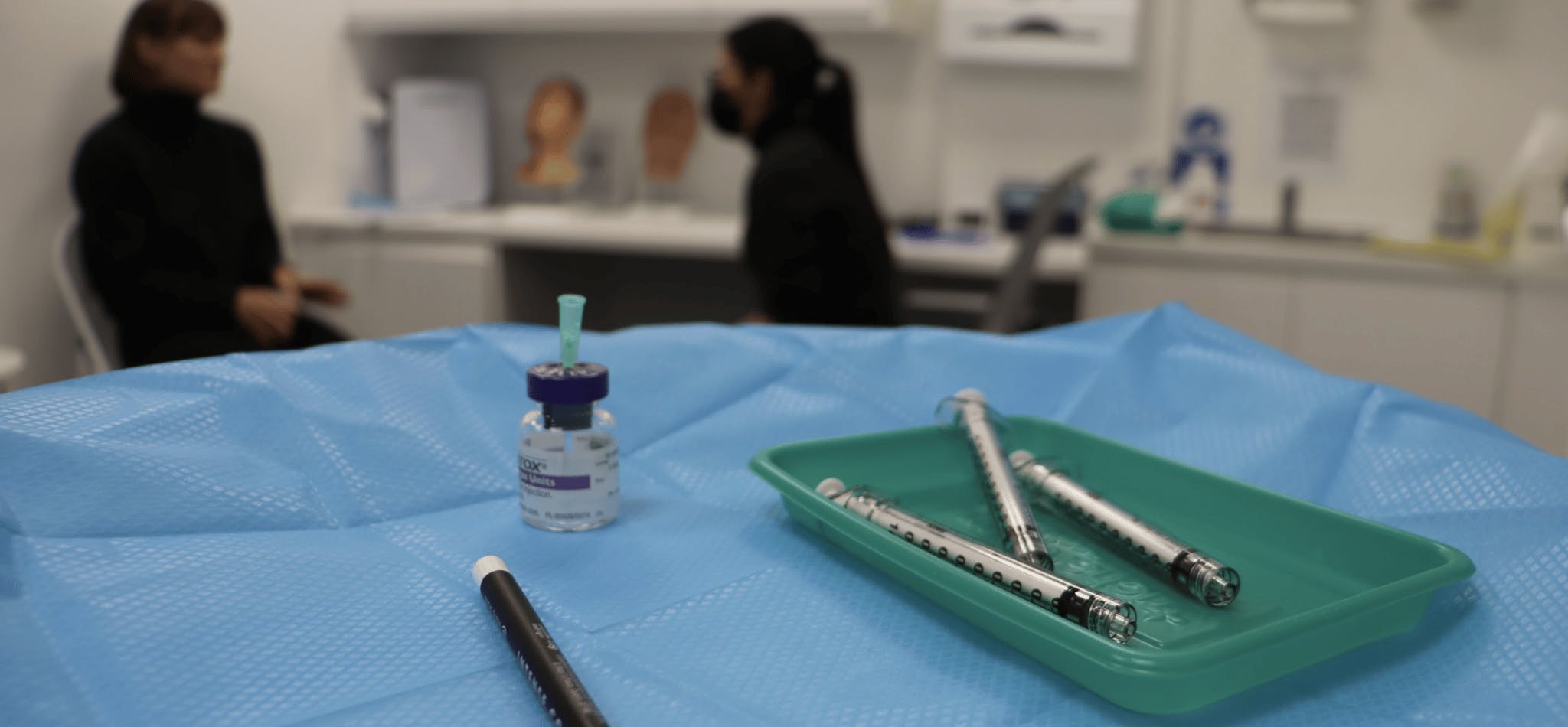
WHAT IS YOUR BEST ADVICE FOR ANY NEW AESTHETICS PRACTITIONERS WHO ARE PARTICULARLY CONCERNED ABOUT NEEDLE RESISTANCE?
“Patience is key,” notes Dr Kal, adding “Remember lid ptosis is rare.”
“Also bear in mind that practice really can make perfect,” she says. “If you are particularly worried about needle resistance or any other botox technique, look into mentoring for extra support.”
Harley Academy trainees undertaking the Level 7 Diploma in Botox & Dermal Fillers should speak to their mentors about this. Sessions can then be tailored to address your concerns and to help you practice under their expert guidance and supervision.
If you are a healthcare professional – doctor, dentist, or nurse – who is just starting out in aesthetic medicine or is looking to get a refresher on their previous injectables training, we recommend speaking to our courses advisors.
They'll be able to help you determine whether Core Training in Botox & Dermal Fillers or another of our aesthetics courses is the best fit for you.
Do you have a specific injecting scenario that is causing concern? Would you like personalised advice, like this, from our experts? Send us your questions and queries via the Harley Academy Instagram account and we’ll publish our team’s responses (and keep you anonymous!).
All information correct at the time of publication
Download our full prospectus
Browse all our injectables, dermal fillers and cosmetic dermatology courses in one document
By submitting this form, you agree to receive marketing about our products, events, promotions and exclusive content. Consent is not a condition of purchase, and no purchase is necessary. Message frequency varies. View our Privacy Policy and Terms & Conditions
Attend our FREE open evening
If you're not sure which course is right for you, let us help
Join us online or in-person at our free open evening to learn more
Our Partners














STAY INFORMED
Sign up to receive industry news, careers advice, special offers and information on Harley Academy courses and services

